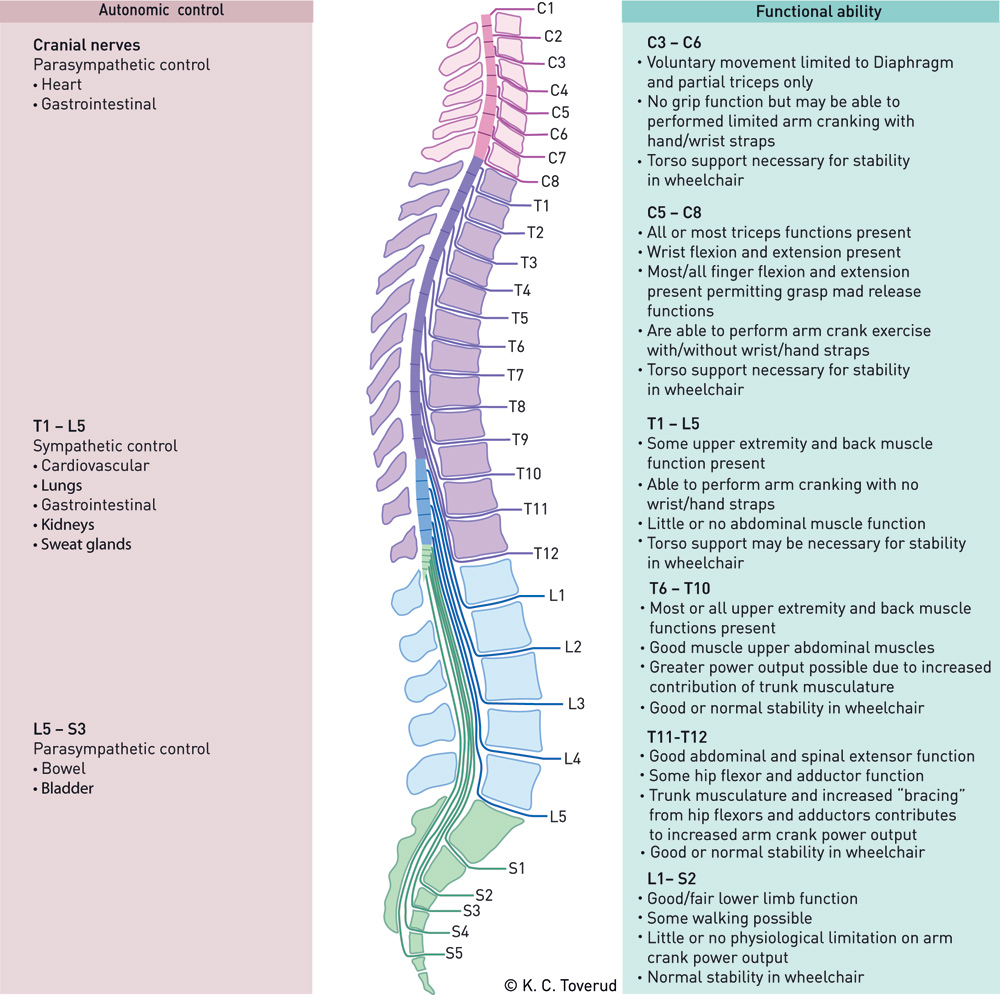The world of medicine is filled with abbreviations and jargon that can be confusing for both patients and practitioners alike. Among these terms, the T12 medical abbreviation is significant, particularly in the context of anatomy and spinal health. This abbreviation refers to the twelfth thoracic vertebra, which plays a crucial role in the structure and function of the human spine. Understanding the implications of T12 is essential for comprehending various medical conditions, treatment options, and the overall mechanics of the body.
The T12 vertebra is located in the lower part of the thoracic spine and is the last of the twelve thoracic vertebrae. Its position is vital as it serves as a connection point between the thoracic region and the lumbar spine. The T12 vertebra is essential in providing stability and support to the upper body while also allowing for a range of motion. Any injury or condition affecting the T12 can lead to significant pain and mobility issues, making it imperative for both healthcare professionals and patients to understand its importance.
In this article, we will delve deeper into the T12 medical abbreviation, exploring its anatomy, common conditions associated with it, and its relevance in medical practice. We will answer questions about the T12 vertebra and provide insights into how it impacts overall health. By the end of this article, readers will have a clearer understanding of the T12 medical abbreviation and its significance in the field of medicine.
What is the Anatomy of the T12 Vertebra?
The T12 vertebra is a unique structure within the thoracic spine. It is characterized by its:
- Size: The T12 is typically larger than the upper thoracic vertebrae, allowing it to support greater weight.
- Shape: It has a heart-shaped body, which is typical of thoracic vertebrae.
- Articulation: The T12 articulates with the ribs, providing structure and protection to the thoracic cavity.
- Spinous process: The spinous process of T12 is shorter and more horizontal than those of the upper thoracic vertebrae.
What Conditions are Associated with the T12 Medical Abbreviation?
Several medical conditions can affect the T12 vertebra, including:
- Fractures: These can occur due to trauma or osteoporosis, leading to significant pain and mobility issues.
- Herniated Discs: Discs that protrude between the vertebrae can compress nerves and cause pain.
- Scoliosis: Abnormal curvature of the spine can impact the alignment and function of the T12 vertebra.
- Spinal Stenosis: Narrowing of the spinal canal can lead to pressure on the spinal cord and nerves.
How is T12 Injuries Diagnosed?
Diagnosing T12 injuries typically involves a combination of:
- Medical History: A thorough assessment of symptoms and any previous injuries.
- Physical Examination: A healthcare provider will assess mobility, strength, and areas of pain.
- Imaging Tests: X-rays, MRI, or CT scans may be used to visualize the structure of the T12 vertebra.
What Treatment Options are Available for T12 Conditions?
Treatment for conditions affecting the T12 vertebra may vary based on the severity of the injury or condition. Common treatment options include:
- Physical Therapy: Exercises to strengthen surrounding muscles and improve flexibility.
- Medications: Pain relief medications or anti-inflammatory drugs to manage discomfort.
- Surgery: In severe cases, surgical intervention may be required to stabilize the vertebra or relieve pressure on nerves.
What is the Prognosis for T12 Conditions?
The prognosis for individuals with T12 conditions varies widely depending on the specific diagnosis and treatment approach. Factors influencing recovery include:
- The severity of the injury or condition.
- Age and overall health of the patient.
- Adherence to prescribed treatments and therapy.
How Can One Prevent T12-Related Injuries?
Preventing T12-related injuries involves:
- Practicing good posture to reduce strain on the spine.
- Engaging in regular strength and flexibility exercises.
- Maintaining a healthy weight to avoid excessive pressure on the spine.
- Using proper techniques when lifting heavy objects.
Conclusion: The Importance of Understanding the T12 Medical Abbreviation
In conclusion, the T12 medical abbreviation represents more than just a vertebra in the spine; it signifies a critical component of our anatomical structure that can significantly impact health and well-being. By understanding the anatomy, conditions, and treatment options associated with the T12 vertebra, both healthcare providers and patients can work together to promote better spinal health and prevent injuries. Knowledge is power, and being informed about the T12 medical abbreviation can lead to better health outcomes.
Article Recommendations

